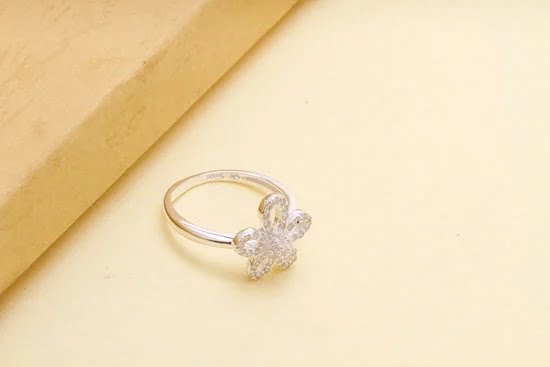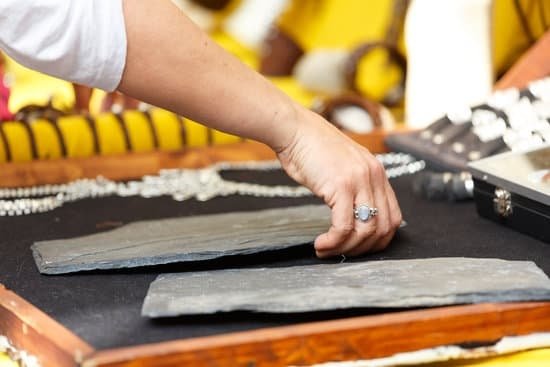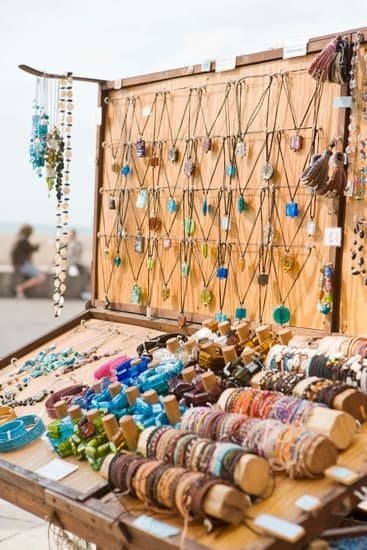Introduction
Engraving jewelry is an ancient tradition that has been passed down for generations. It is both a practical and a luxurious way to create beautiful pieces of jewelry with personalized messages or designs. Jewelry engraving can be done by either hand or with a machine, and provides the wearer with a unique and meaningful item that will last for many years. With this tutorial, you can learn how to engrave your own jewelry from the comfort of your home.
Using Hand Engraving – Explaining how to use hand engraving to create simple patterns or letters in metal
Hand engraving is the traditional way of creating engraved shapes in metal such as silver, gold, bronze, and brass. Hand engraving requires basic tools like soft wire brushes, chisels, gravers, and punches in order to craft custom-made projects. The process involves marking pieces of metal with delicate lines and shapes until the desired design appears on its surface. If you’re looking to add simple lettering or patterns (such as flowers or leaves) onto metal surfaces then hand engraving is ideal.
Using Machine Engraving – Describing how to use a machine tool for deeper etchings on harder metals
For those who are looking to be more intricate with their designs and create deeper etchings on harder metals such as steel or titanium, machine engraving is an ideal choice. A computerized milling machine will guide an arm through programmed movements which exerts pressure (usually diamond tipped) onto the metal surface resulting in precise and deep etchings. Additionally, most machine engravers come with specialized software which allows you to write scripts for more complex designs without having manual guidance from you each time the procedure is done. However, it should be noted that machines are much pricier than hand tools so it may not necessarily be suitable if you’re just looking for one-time projects.
Necessary Preparation
Before you begin your project of engraving jewelry, you will need to gather the right materials and tools in order to complete the work. Make sure that you have enough space and a sturdy work surface as well as any special jigs required for engraving with temporary adhesives. Once you’ve collected all needed items, familiarize yourself with safety methods to prevent injury, particularly when using power tools. Read through any specific instructions included in your items about how to use them properly for best results and read up on general safety information related to the project you are working on. Also, dedicate a workspace free from distractions so that you don’t put yourself at risk while working with dangerous materials or machinery. Finally, before beginning your jewelry engraving project, ensure that the area is clean and lit sufficiently such that one can easily see all of their supplies and the job they aim to accomplish.
Choosing a Design
Choosing a design for your own jewelry is an exciting step in the process of engraving. You can explore existing design ideas, such as motifs, names, words, and phrases, or consider designing something completely unique. Popular options are designs like initials, dates, and geographical coordinates that act as mementos to remind you of a place or person. Additionally, you can consult with an expert on having custom engravings done with intricate details that communicate your individual style. No matter what you choose to have engraved on your jewelry will always contain special meaning for you alone!
Transferring the Design
Transferring the design onto the jewelry surface is an essential skill for creating engraved jewelry. There are a few different methods that can be used to trace or duplicate the design onto the jewelry surface, such as transferring with carbon paper, using a variety of marking tools, and freehand sketching.
Carbon paper can be used to easily transfer a design onto the jewelry surface. Simply lay down some carbon paper on top of the piece of jewelry, place your drawing or text on top of it, and carefully trace over with a pen or drypoint stylus. The pressure from tracing will transfer the drawing onto the jewelry surface.
Another great way to transfer designs is by using marking tools like ruling pens and scribes. These have pointed tips ideal for engraving small details like letters and intricate designs. You can also use these tools to etch outlines into metals like pewter or silver before filling in any etched details during finalizing.
Finally, you can opt for using freehand sketching if you would like to outline and draw on a piece by hand directly onto the metal’s surface without using a patterned template or carbon paper. This may take more practice though since it requires you to precisely control depth and accuracy perfectly without aid from two-dimensional drawings or blueprints.
Engraving
Engraving your own jewelry is an enjoyable and creative process. There are a few different techniques depending on the type of metal that you are using. The best way to start is to determine what type of metal you will be using and purchase the appropriate tools for the job. For example, high-speed rotary engraving tools are best suited for hard materials such as gold, silver, stainless steel, titanium, etc. Riflescopes-like engravers may be better fitted to softer metals like platinum or copper. It is also important to keep safety in mind when working with any metal-do not exceed manufacturer’s safety instructions.
Before beginning the actual engraving process, it is important to practice getting a good feel for how the tool works and knowing what kind of pattern will look best on your piece. Start by writing out letters or drawing simple shapes to get used to how the tool moves and cuts through the material. Once you have enough practice and confidence with the tool, it’s time to start etching into your piece. Make sure you work slowly around tight corners or sharp edges-avoiding mistakes is key!
It’s also essential to maintain good care for any metal surface after engraving. Protect surfaces from environmental factors such as water, chemicals or extreme temperatures which could cause discolouration or rusting of metal surfaces. Regular cleaning of jewelry pieces can be done with warm soapy water-being careful not to submerge them in any liquids as this could erode away at details engraved; use soft cloths instead! If possible, seal off engraved detailing with waxes or special lacquers that are available from various sources online; this will help preserve its appearance for years down the line!
Finishing Touches
Once the engraving is complete, it’s time to give your jewelry piece the finishing touches. To properly polish and highlight the engraved design, use a fine grade of sandpaper for any areas that have been worn down during the engraving process. You can also choose to add a touch of color by painting the background of the engraving with enamel or by adding a patina effect to highlight different parts of the design.
When finished, you can also choose to put your jewelry in a case or frame for displaying. If so desired, you may also choose to provide an explanation about why this piece is special or meaningful for you which can be written on a small certificate or card – this will help provide context and further showcase the value behind your engraved design.
Conclusion
Engraving your own jewelry can be a fun and creative way to express yourself or commemorate special moments. The most important part of the process is taking your time and giving it your best effort, as you’ll be the one wearing it in the end. Make sure your design isn’t too intricate, keep lines even and don’t over-engrave. Start with a soft graver before using a harder one for fine details. Clean off all excess material from engraving, then finish with polishing compound for a smooth finish. Finally, wear your special creation with pride!

Welcome to my jewelry blog! My name is Sarah and I am the owner of this blog.
I love making jewelry and sharing my creations with others.
So whether you’re someone who loves wearing jewelry yourself or simply enjoys learning about it, be sure to check out my blog for insightful posts on everything related to this exciting topic!





